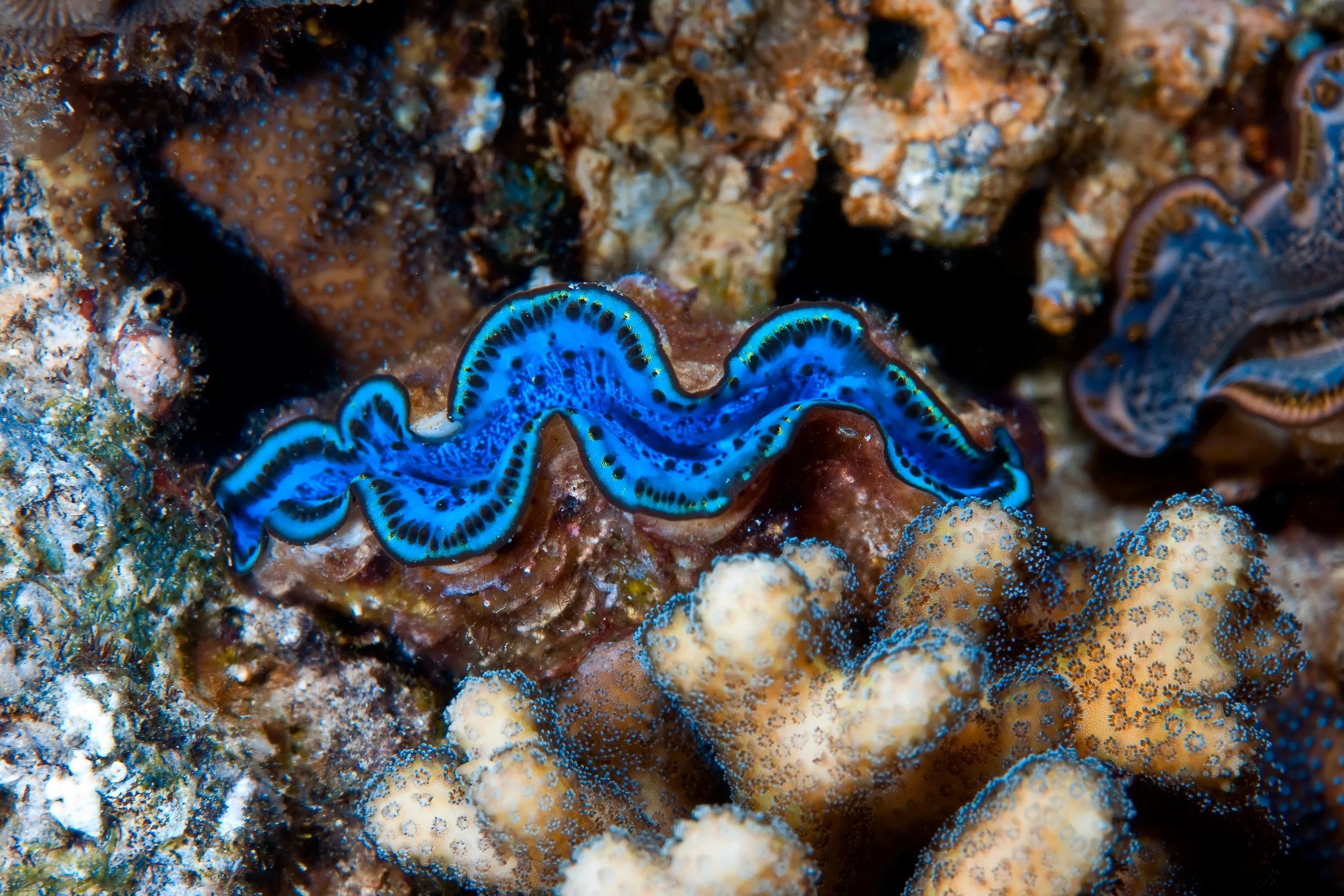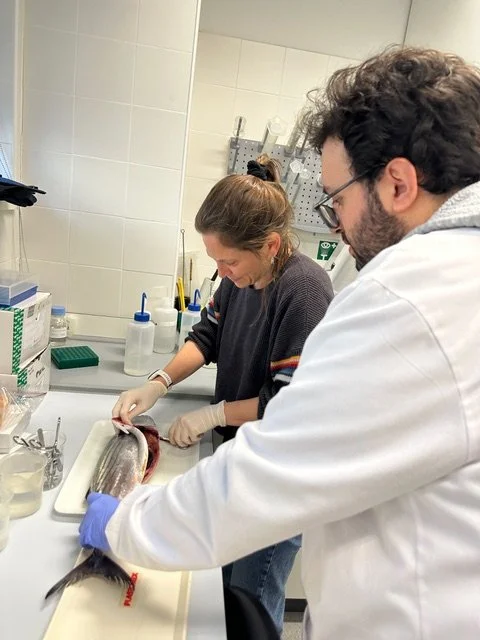Dive into these Publications
Marine taxa remain underrepresented in global reference genome repositories —
EBP-affiliates are actively working to close this critical genome gap.
To date, EBP-affiliated projects have sequenced 4,386 eukaryotic species (EBP progress live), with the pace of genome sequencing and annotation accelerating rapidly. Below are some recent papers from EBP-affiliated projects that highlight the swift scientific breakthroughs made possible by expanding access to the ever-growing digital library of eukaryotic reference genomes.
Genomic infrastructure for cetacean research and conservation: reference genomes for eight families spanning the cetacean tree of life.
“We analyze and compare a set of reference genome assemblies for 18 cetacean species from eight families that include 91% of the 94 recognized species of cetaceans. These reference genomes represent a milestone in creating a cetacean genomic infrastructure for research and conservation, accomplishing four primary goals.”
The Cetacean Genomes Project, the Darwin Tree of Life Project at the Wellcome Sanger Institute, and the Vertebrate Genomes Project
Authors: Morin, P.A., Bein, B., Bortoluzzi, C., Bukhman, Y.V., Hains, T., Heimeier, D., Uliano-Silva, M., Absolon, D.E., Abueg, L., Antosiewicz-Bourget, J. and Balacco, J.R.
Journal: Frontiers in Marine Science
Published: 2025
The orca (Orcinus orca) chromosome-level genome assembly was generated by the Darwin Tree of Life Programme in collaboration with the Wellcome Sanger Institute.
The giant clam (Tridacna maxima), a photosymbiotic species thriving in sunlit tropical waters.
Photosymbiosis shaped animal genome architecture and gene evolution as revealed in giant clams.
“Strikingly, about 70% of the genome is composed of repetitive elements, especially transposable elements, most likely resulting from a symbiosis-adapted immune system.”
Aquatic Symbiosis Genomics Project
Authors: Li, R., Leiva, C., Lemer, S., Kirkendale, L., and Li, J.
Journal: Communications Biology
Published: 2025
Atlantic bonito (Sarda sarda) genomic analysis reveals population differentiation across Northeast Atlantic and Mediterranean locations: Implications for fishery management.
“Our results demonstrate how anthropogenic perturbations impact the dynamics between two well-known ecotypes of Atlantic cod and thus, their genomic signatures.”
Catalan Initiative
Authors: Ollé-Vilanova, J., Hajjej, G., Macias, D., Saber, S., Lino, P.G., Muñoz-Lechuga, R., Baibbat, S.A., Sow, F.N., Diaha, N.C., Araguas, R.M., Sanz, N., and Viñas, J.
Journal: Marine Environmental Research
Published: 2024
Dissection of an Atlantic bonito (Sarda sarda) specimen for high-quality DNA extraction and reference genome assembly. Pictured: postdoctoral researcher Marc Palmada and professor Judith Ollé. Photo credit: J. Viñas.
Sea turtle diving gracefully beneath the surface.
Haplotype-resolved reference genomes of the sea turtle clade unveil ultra-syntenic genomes with hotspots of divergence.
“Our analysis reveals remarkable genome synteny and collinearity across all species, despite the clade’s origin dating back more than 60 million years.”
Vertebrate Genomes Project together with experts from the U.S. National Oceanic and Atmospheric Administration (NOAA), CSIRO Australia, and the Leibniz Institute for Zoo and Wildlife Research (Germany)
Authors: Larissa S. Arantes, Tom Brown, Diego De Panis, Scott D. Whiting, Erina J. Young, Erin L. LaCasella, Gabriella A. Carvajal, Adam Kennedy, Deana Edmunds, Blair P. Bentley, Jennifer Balacco, Conor Whelan, Nivesh Jain, Tatiana Tilley, Brian O’Toole, Patrick Traore, Erich D. Jarvis, Oliver Berry, Peter H. Dutton, Lisa M. Komoroske, Camila J. Mazzoni.
Journal: GigaScience.
Published: 2025
Sharks and rays have the oldest vertebrate sex chromosome with unique sex determination mechanisms.
“Sharks and rays share the oldest vertebrate sex chromosomes, dating back approximately 300 My, and employ unique sex determination mechanisms composed of distinct molecules from other vertebrates.”
SQUALOMIX
Authors: Niwa, T., Uno, Y., Ohishi, Y., Kadota, M., Aburatani, N., Kiyatake, I., Katooka, D., Yorozu, M., Tsuzuki, N., Toyoda, A., Takagi, W., Nakamura, M., and Kuraku, S.
Journal: Proceedings of the National Academy of Sciences
Published: 2025
The Blue-spotted Stingray (Taeniura lymma) glides across sandy reefs.
On the path to reference genomes for all biodiversity: lessons learned and laboratory protocols created in the Sanger Tree of Life core laboratory over the first 2000 species.
“Here, we detail the different workflows we have developed to successfully process a wide variety of species, covering plants, fungi, chordates, protists, arthropods, meiofauna and other metazoa. We summarise our success rates and describe how to best apply and combine the suite of current protocols, which are all publicly available at protocols.io.”
Authors: Howard, C., Brown, T., Chrysostomakis, I., Arantes, L. S., Gerheim, C., Schell, T., Schneider, C., et al.
Journal: bioRxiv
Published: 2025







